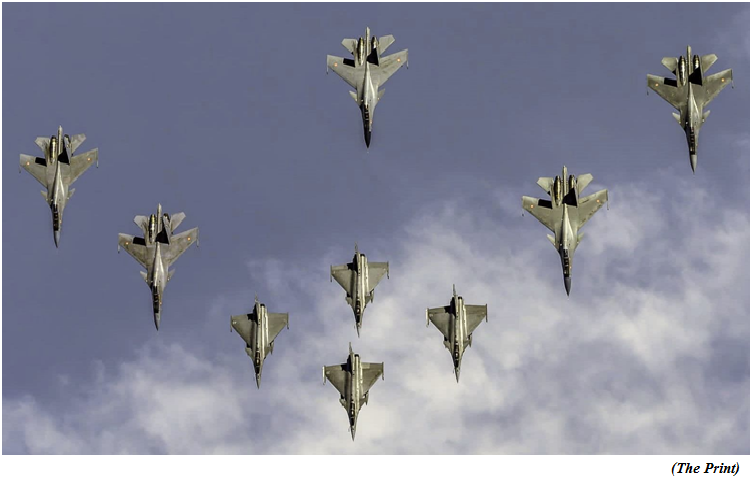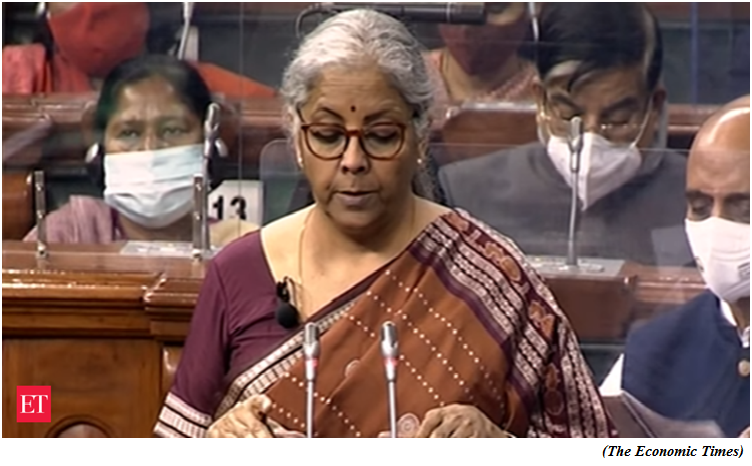NCS to be primary govt portal for skilled and unskilled workers (GS Paper 3, Economy)

Why in news?
- Recently, the Centre has decided that the National Career Service (NCS) portalwill now be the primary government portal for both skilled and unskilled workers.
Key Highlights:
- The Udyam, e-Shram and NCS portals have been interlinked and the process of linking ASEEM with the other portals is ongoing.
- NCS, being the primary employment portal allows the vacancies posted by employers registered on the NCS portal to be visible to Udyam, e-shram and ASEEM users.
- About 175,000 informal and one million skilled workers, registered through the e-Shram and Skill India portals, respectively, have been shortlisted by employers. This came as the government began integrating both the portals with the NCS site.
- The NCS portal has also been integrated with other ministries/ departments like MHRD and AICTE.
- Online integration with EPFO, ESIC has also been done to link the willing employers. This would help them to shortlist candidates through a country-wide database on the NCS portal.
- Besides, the NCS portal has also been integrated with state employment portals of the 20 states/UTs. Seven states/UTs are directly using the NCS portal for registering jobseekers.
Background:
- According to a document titled ‘Implementation of Budget Announcements 2022-23’, at a meeting under the joint chairmanship of skill and labour ministers in October 2022, it was also decided to subsume the Atmanirbhar Skilled Employee-Employer Mapping (ASEEM) portal under the Skill India portal.
- The ASEEM portal acts as a directory that matches supply of the skilled workforce with the market demand.
- On the other hand, the Skill India portal accumulates the skills data of various central ministries, state governments, private training providers and corporates on a single platform.
IAFs new doctrine contain
(GS Paper 3, Defence)
Why in news?
- Recently, the Indian Air Force (IAF) has come out with a new doctrine that includes lessons from the Russia-Ukraine war and standoff with China.
- The latest unclassified doctrine which takes over from the one that was set in 2012, emphasises on the need to shift from “threat-based and demanded” to “capability-demanded” force requirements.
- This comes at a time when the IAF faces an existential threat to its fighter squadron strength which is dwindling and its plans to procure 114 more Multi Role Combat Aircraft (MRFA) under Make in India is yet to be sanctioned.

Key Highlights:
- While the doctrine talks about the need for unified war fighting strategies, it also lays emphasis on retaining the unique character of air power that has the capability to be used as support to the ground and maritime forces.
- It also states that air power can be used for carrying out offensive strikes deep inside enemy territory to cripple logistics and key installations.
- The new doctrine underlines that modern conflicts can be decisively influenced only by each component of military power operating in synergy with each other and optimally exploiting the unique attributes of its medium of operation (air, land and sea) to achieve national objectives.
- This necessitates an intimate understanding of the core competencies, capabilities and limitations of each Service by the other two.
From airpower to aerospace power:
- The IAF notes that given the new spectrum of warfare, airpower should be seen as aerospace power.
- The Air Force called for a National Space Strategy as “concurrent vulnerabilities of India to hostile action” are increasing while also anticipating rise in use of space for economic and developmental purposes.
- In the 1965 war, Peshawar airbase was considered safe as it was a depth airfield, it was still attacked by IAF Canberras launched from Agra.
From peace to war and no war-no peace situation:
- The new doctrine lays out the capabilities of the air force in times of peace, in war and in no war-no peace situations – what India is facing currently, vis-à-vis China.
- One of the reason for the failure of Russian Air Force in the war against Ukraine was because it saw air power as a support arm to the ground forces while ignoring its standalone capabilities.
- The only time in India’s history when the IAF was fully used for offensive operations was during the 1971 War and the new doctrine aims to bring to the public and policy makers the possibilities that exist with air power.
Way Forward:
- The ever evolving national, global and regional challenges have varying impacts on India’s security.
- Adversaries have adopted grey zone tactics by employing cyber, information and economic means as instruments of statecraft.
- India’s military therefore must build multi-domain capabilities and capacities that deter potential aggressors from hindering India’s pursuit of its legitimate aspirations and goals.
What has the Union Budget allocated to minorities?
(GS Paper 3, Economy)
Why in news?
- Recently, the Union Budget for 2023-24 came with a reduction of 38% in funds for the Ministry of Minority Affairs.
- The fund crunch is likely to impact spheres of madrasas besides general school education, higher research and local development in areas of minority concentration.

Which schemes are affected?
- The worst affected scheme under the all-encompassing fund crunch is the Education Scheme for Madrasas which suffered a whopping 93% cut in allocation, down to ₹10 crore from the ₹160 crore in the previous financial year.
- The total allocation for minorities’ educational uplift was slashed to ₹1,689 crore from ₹2,515 crore last year with schemes for research as well as pre-matric scholarships experiencing a fund withdrawal or downsizing.
- The allocation for research schemes for minorities, including Muslims, Christians, Sikhs, Jains, Buddhists and Parsis was reduced by a little more than 50%, down from ₹41 crore last year to ₹20 crore in 2023.
- On the same lines, the government hugely cut the funds for pre-matric scholarships for minorities, down from ₹1,425 crore last year to ₹433 crore in the upcoming financial year.
- Completing the picture for fund-strapped schemes was the Pradhan Mantri Jan Vikas Karyakram (PMJYK). The allocation for PMJYK came down from ₹1,650 crore to ₹600 crore in 2023.
- The scheme aims to provide socio-economic infrastructure and elementary amenities in minority concentrated areas. It was said to be a key part of the government’s Sabka Saath, Sabka Vikas initiative.
- The latest Budgetary setback comes on the heels of the scrapping the Maulana Azad National Fellowships for higher education.
Why was Nai Udaan grounded?
- The Nai Udaan Scheme meant to help minority students prepare for the Union Public Service Commission examinations was grounded. It was argued that the scheme overlaps with other similar affirmative plans of the government.
- The decision to cut funds for socio-economic and educational uplift of minorities has cast a shadow far and wide. For instance, the Scheme for Leadership Development of Minority Women which received ₹2.5 crore last year is now down to ₹10 lakh as per the new Budget.
- The Hamari Dharohar Scheme for conservation of minorities’ culture and heritage which got ₹2 crore earlier, is now down to only ₹10 lakh.
Skill Development Initiative:
- The worst sufferer was the Skill Development Initiative among minorities. It received ₹235 crore in 2022-23 but is now down to merely ₹10 lakh.
- The funds for Nai Manzil, an integrated educational and livelihood scheme, were brought to just ₹10 lakh from the earlier ₹46 crore.
- For the Upgrading the Skills and Training in Traditional Arts/Crafts for Development scheme (USTTAD), the monetary allocation was slashed to ₹10 lakh in comparison to the ₹47 crore in 2022-23.
- The loan subsidy to minorities to study abroad under the Padho Pardesh Scheme also stood withdrawn.
What has the government said?
- The decision to scrap various scholarships followed by significant cut in budgetary expenditure for minorities resulted in several protests with many students from economically poor backgrounds pleading for continuation of the affirmative action.
- This reduction in overall expenditure came shortly after Prime Minister made an appealed to build bonds with Pasmanda and Bohra Muslims to make sure nobody was left behind in the nation’s progress. The Budget failed to follow up his words with action.




